PM Modi’s water threat to Pakistan: What India can do under Indus Waters Treaty
Wed 16 Oct 2019, 16:57:06
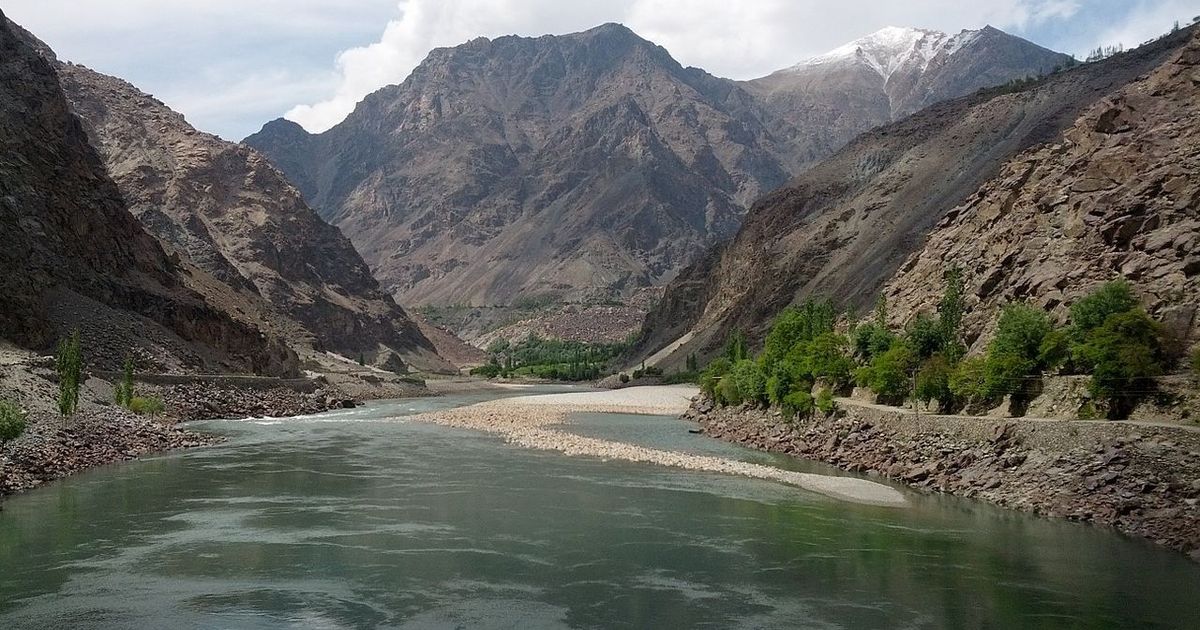
Prime Minister Narendra Modi, while addressing a rally for Haryana Assembly election on Tuesday, renewed the threat that India would move towards full utilisation of its share of water under the Indus Waters Treaty.
Water is an emotive issue in Haryana -- a predominantly agricultural state, where Services, however, contributes maximum (52 per cent) in total gross domestic product GDP) - as it is in the regions of Pakistan, which is fed by the rivers of Indus drainage system.
Haryana, too, gets water from the Indus drainage system, and is slated to gain majorly if India utilises its full quota of Indus Waters Treaty.
"For the last 70 years, the waters that belonged to India and farmers of Haryana were going to Pakistan. Modi will stop it and bring it to your households," the prime minister said in Charkhi Dadri in Haryana, before adding, "This water belongs to farmers of Haryana, Rajasthan and the country, and we will get it. Work towards realisation of this has been started and I am committed towards it. Modi will fight your battle."
This is bound to generate favourable narrative for the BJP in Haryana Assembly election. According Union agriculture ministry, around 80 per cent population of Haryana depends on agriculture.
But, this will resented by Pakistan, where about 90 per cent of agriculture is dependent on the waters flowing through the maze of rivers of the Indus drainage system.
India and Pakistan signed a treaty for sharing of water of the rivers of the Indus drainage system in 1960. The agreement, mediated by the World Bank, is known as the Indus Waters Treaty.
Under this treaty, Pakistan got a favourable division of waters of the six rivers of the Indus system. India is allocated the waters of the Sutlej, the Beas and the Ravi - the three less voluminous eastern tributaries of the Indus. More voluminous rivers, the Indus and its western tributaries, the Jhelum and Chenab went to Pakistan.
As per estimates, the distribution of river waters gave India a share of about 20 per cent or about 3.3 crore of 16.8 crore acre-feet of water in the Indus system. At current usage, India uses little over 90 per cent of its quota of Indus waters.
There have been demands from within the ruling Bharatiya Janata Party (BJP) that the
government should commission new projects to utilise India's full entitlement. The Modi government had made some moves in the first term as well.
government should commission new projects to utilise India's full entitlement. The Modi government had made some moves in the first term as well.
In September 2016, in the aftermath of Uri terror attack, PM Modi had chaired a high-level meeting attended by National Security Advisor Ajit Doval and then foreign secretary S Jaishankar, who is the current external affairs minister. The officials had then ruled out reneging the Indus Waters Treaty but said the government would take measures for full utilisation of Indus waters.
A similar sentiment was evoked by Union minister Nitin Gadkari in February this year in the aftermath of Pulwama terror attack. Gadkari had questioned the logic of letting Pakistan use the water of India's quota despite that country continuing to export terrorism to India.
Under the Indus Waters Treaty, India has the option of choking the flow of Indus waters to some extent without violating the agreement, which is also a statement of India's commitment to the international community.
India can build run-of-river dams on Jhelum, Chenab and Indus rivers without blocking the flow. This was suggested as a measure to meet the electricity and irrigation requirements of Jammu and Kashmir.
The Indus Waters Treaty allows India to develop 13.4 lakh acres of irrigation in Jammu and Kashmir. So far, only 6,42,477 acres of land has been irrigated in the state. India is allowed to store 3.60 million-acre-feet (maf) of western rivers, i.e. Jhelum, Indus, Chenab. So far, there is practically no storage capacity developed in Jammu and Kashmir.
Another option before the Modi government for utilization of its quota in the Indus waters is completion of Indira Gandhi Canal in Rajasthan. The Indira Gandhi canal is caught in the cross-fire of politicl fight between Haryana and Punjab over Sutlej-Yamuna link.
Once completed, the Indira Gandhi canal can consume much of the 30 lakh acre-feet water that India currently lets flow from its quota in the Sutlej and the Ravi water to Pakistan.
India-Pakistan relation is at one of its lowest points today. Any possibility of improvement is not in the sight given the circumstances and diplomatic posturing by the leaderships of the two countries. Water could be the next fat bone of contention between India and Pakistan.
No Comments For This Post, Be first to write a Comment.
Most viewed from National
Most viewed from World
AIMIM News
Latest Urdu News
Most Viewed
May 26, 2020
Can Lionel Messi's visit boost Indian football?
Latest Videos View All
Like Us
Home
About Us
Advertise With Us
All Polls
Epaper Archives
Privacy Policy
Contact Us
Download Etemaad App
© 2026 Etemaad Daily News, All Rights Reserved.

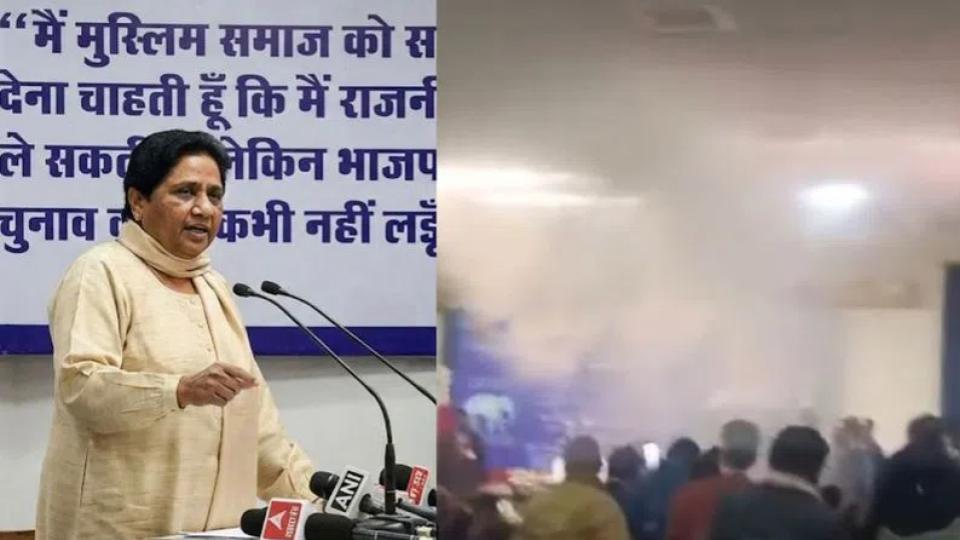

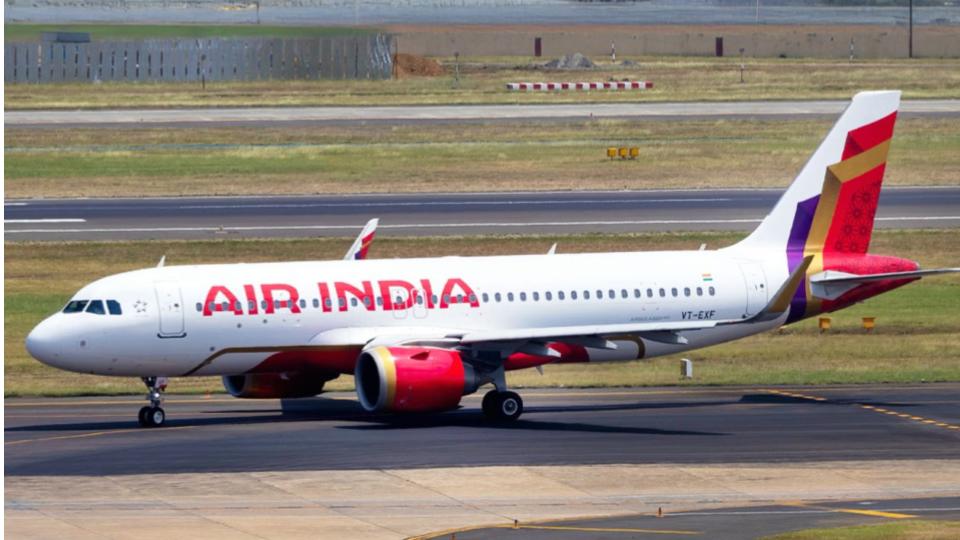
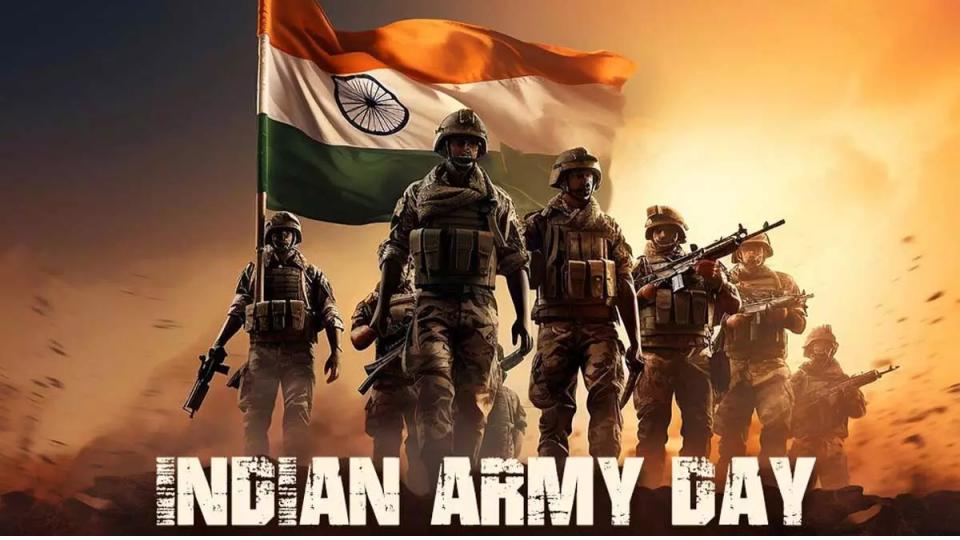
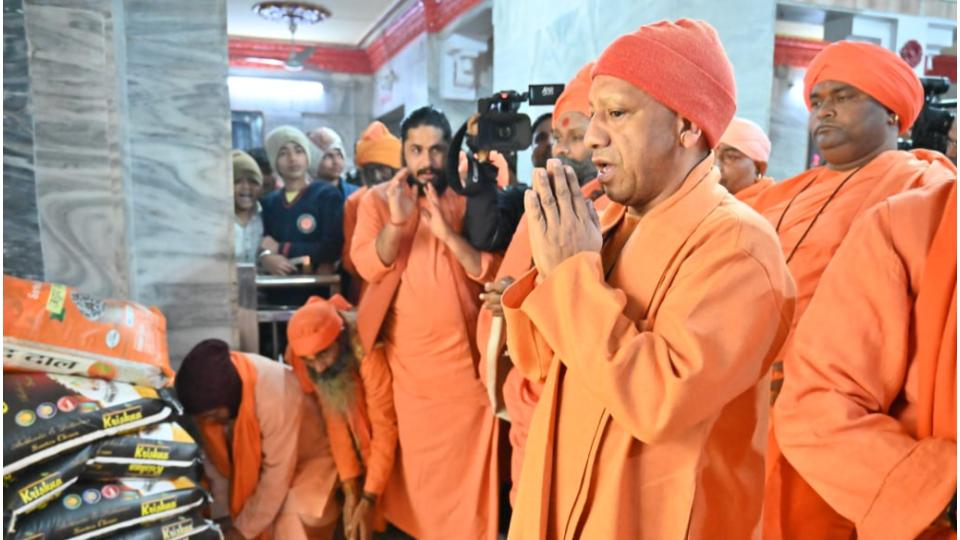
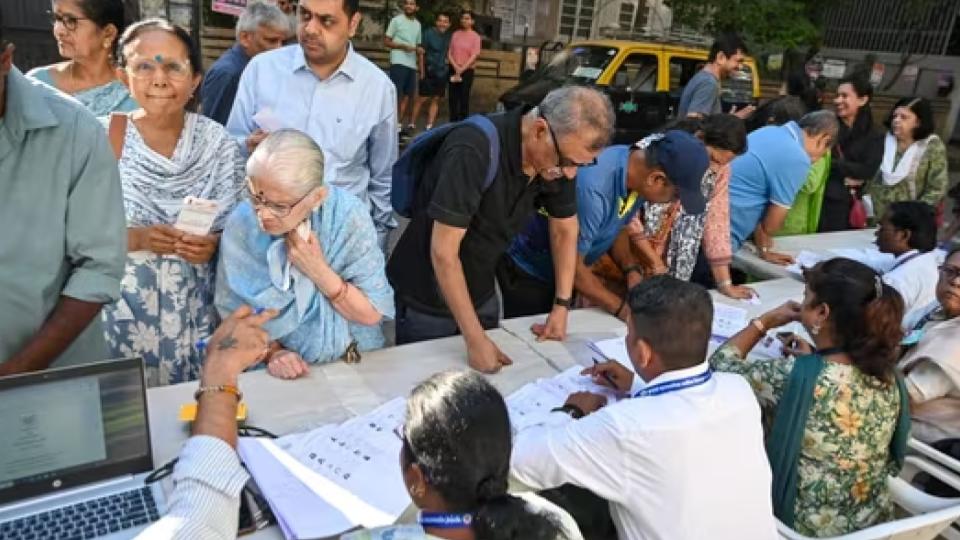

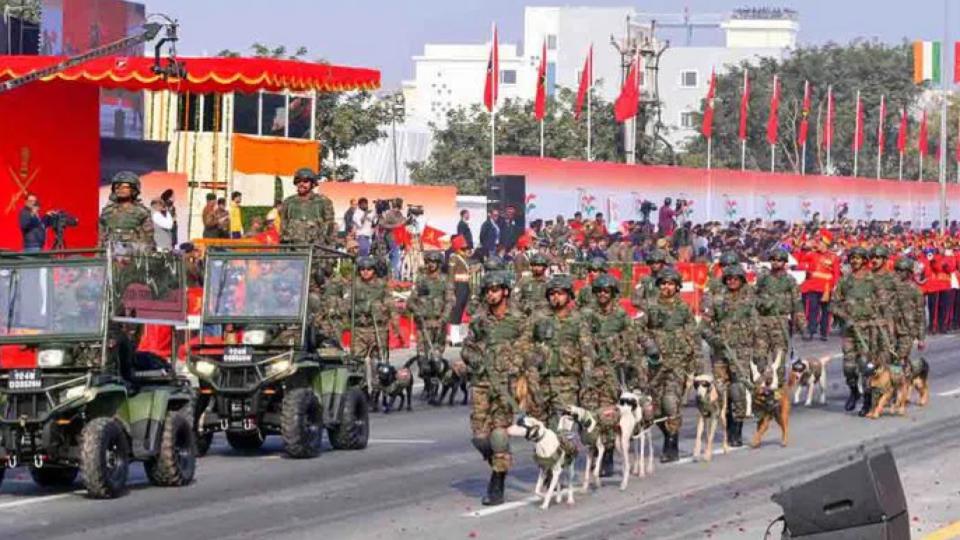
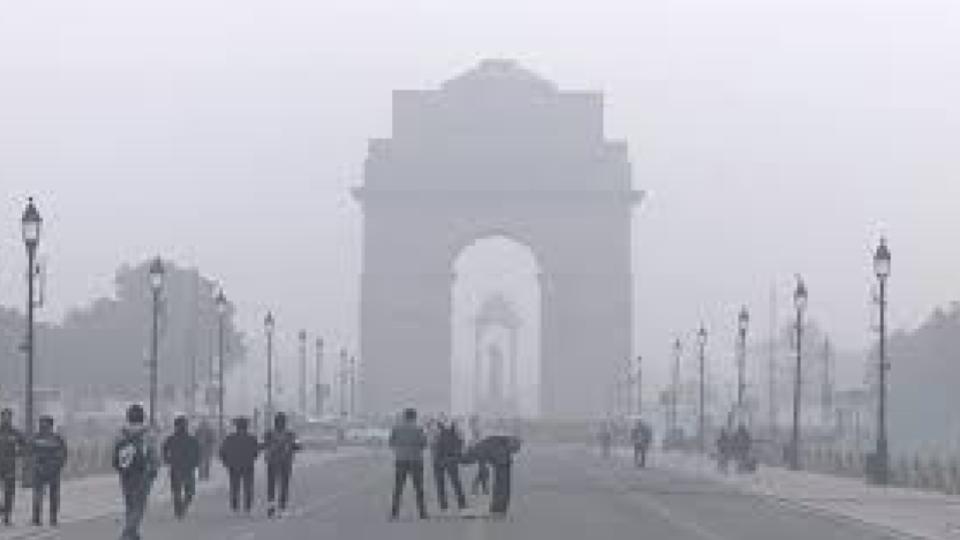
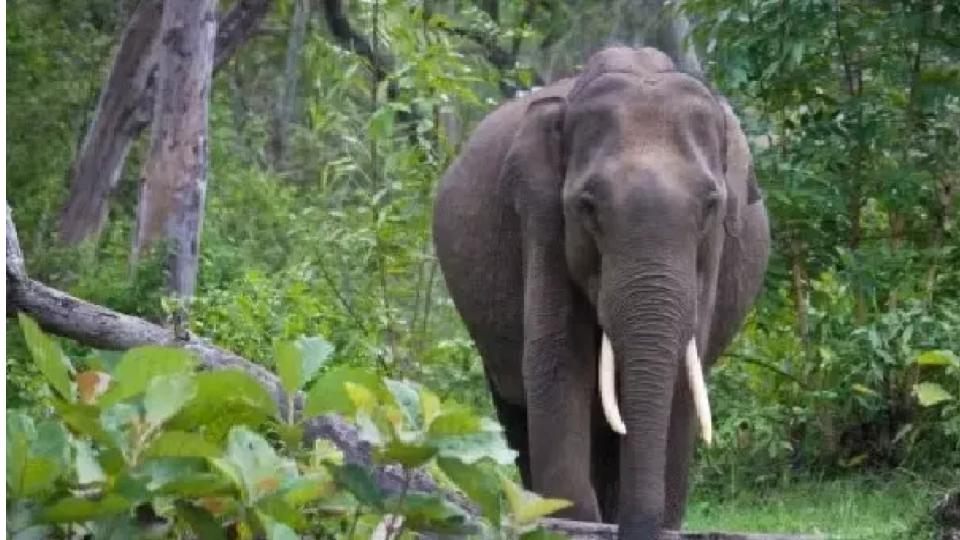
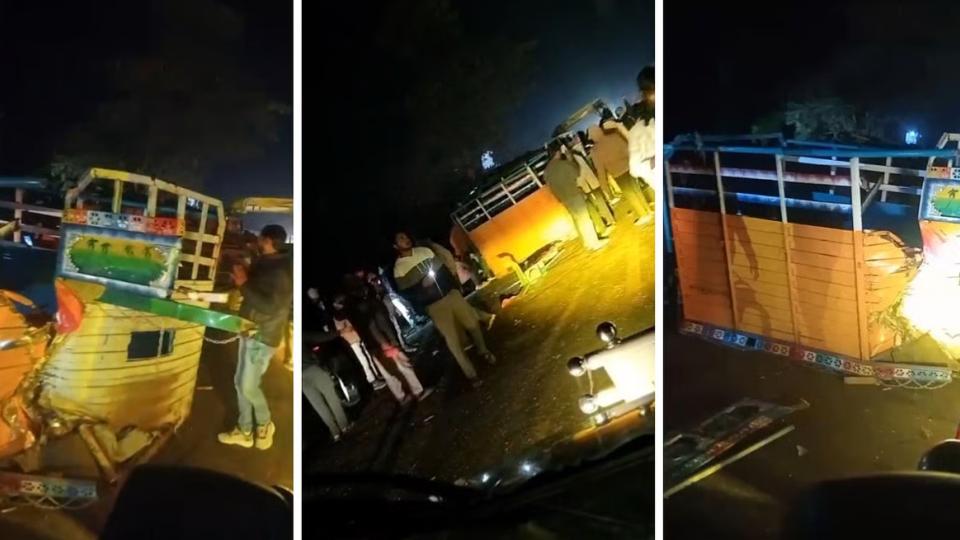
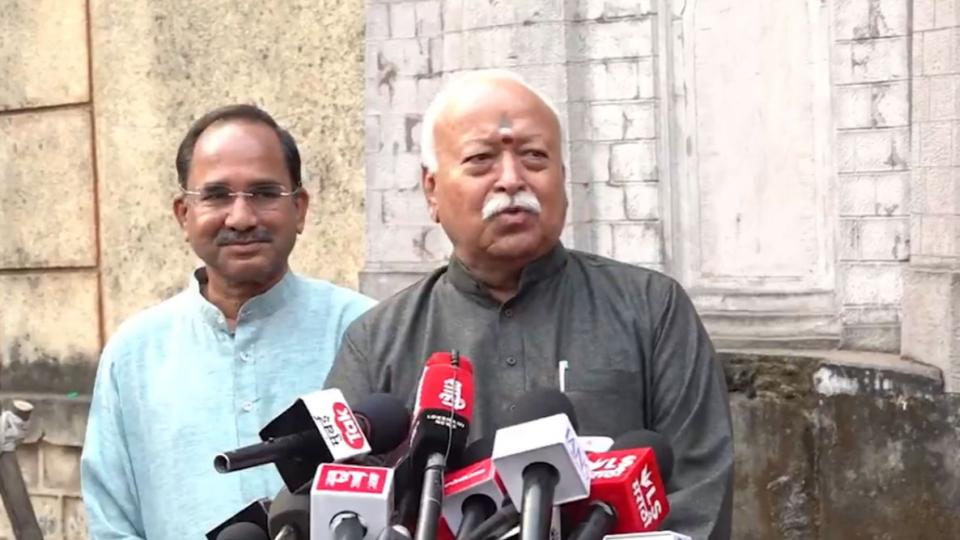
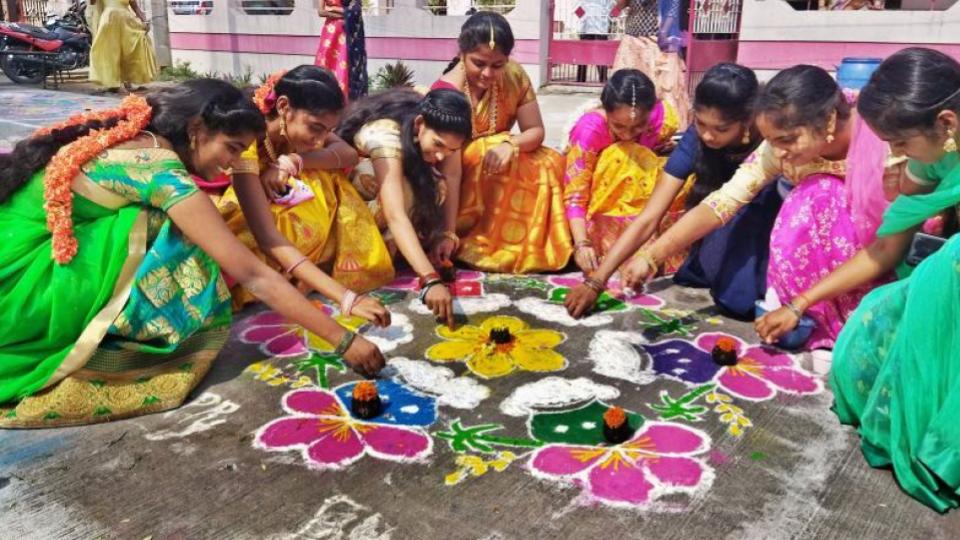

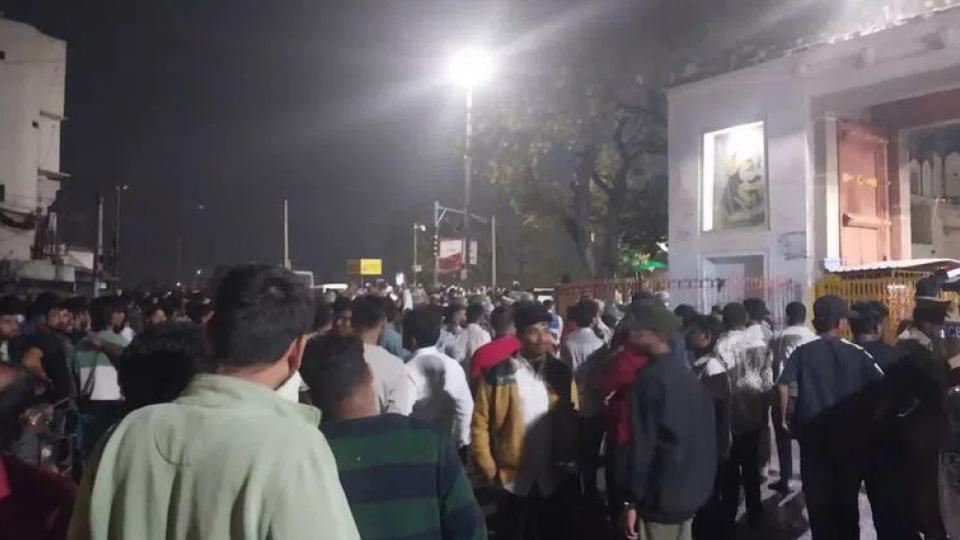


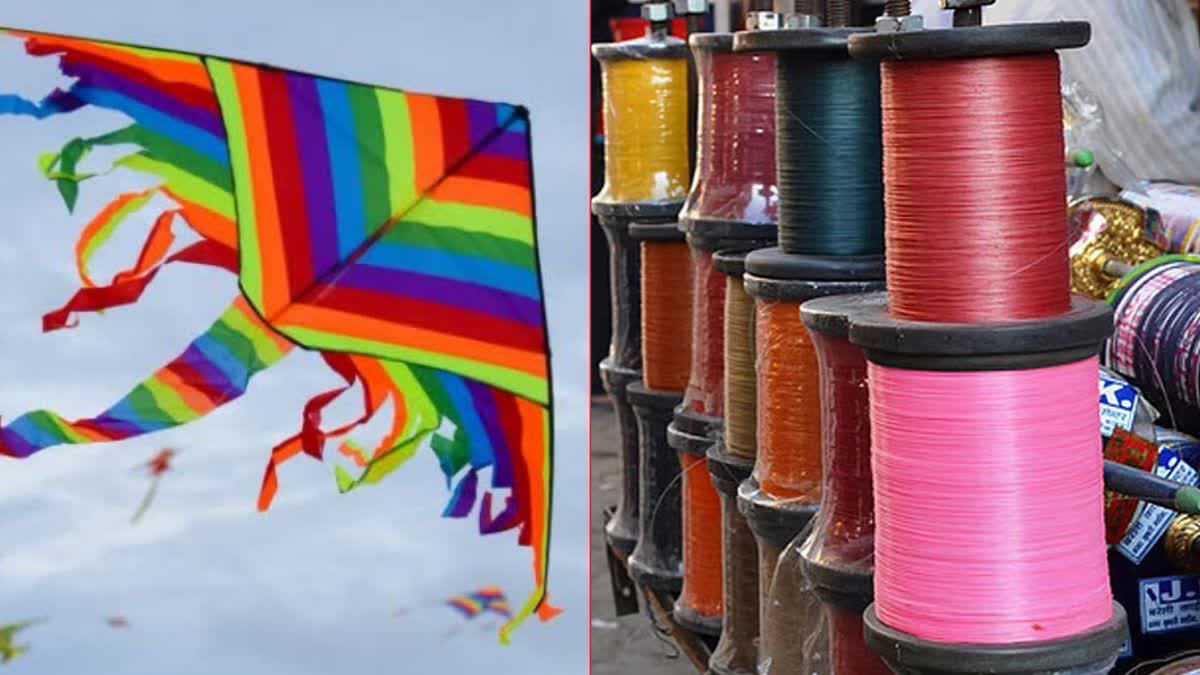
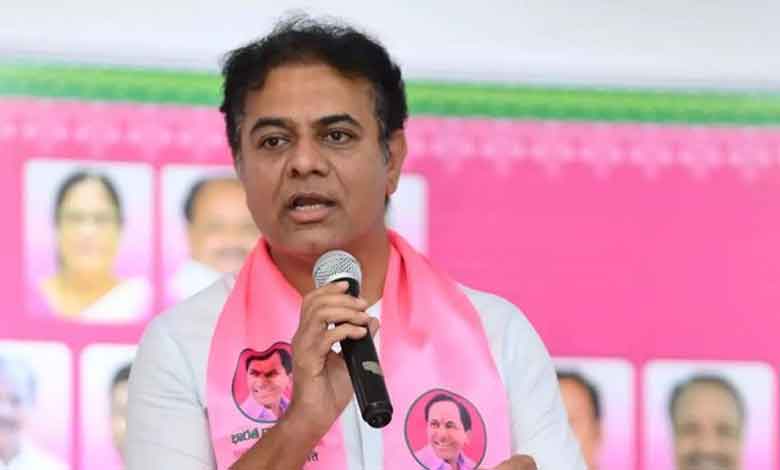
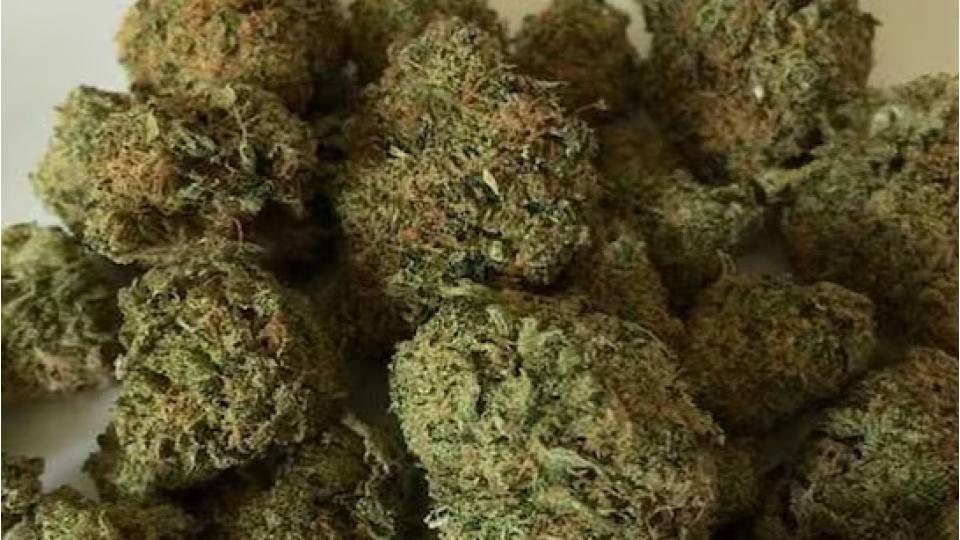
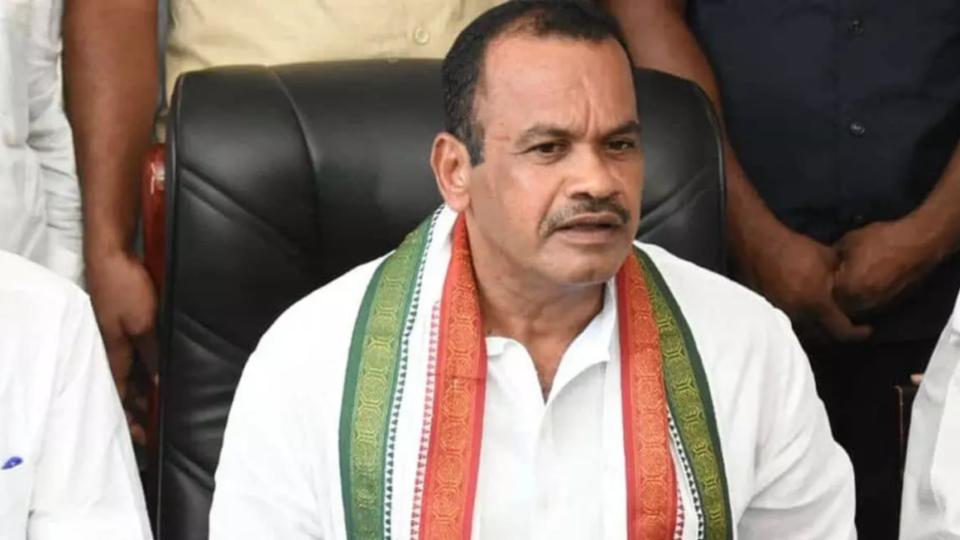
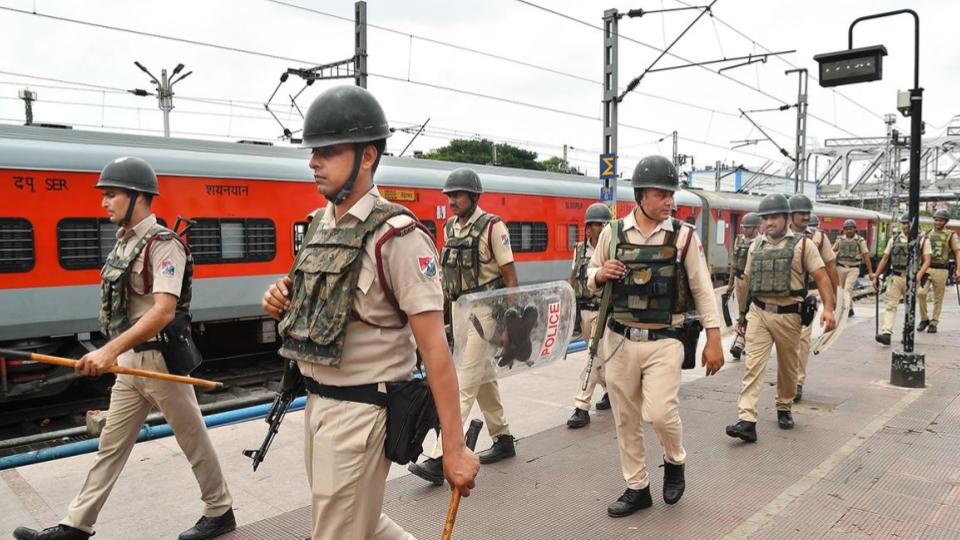
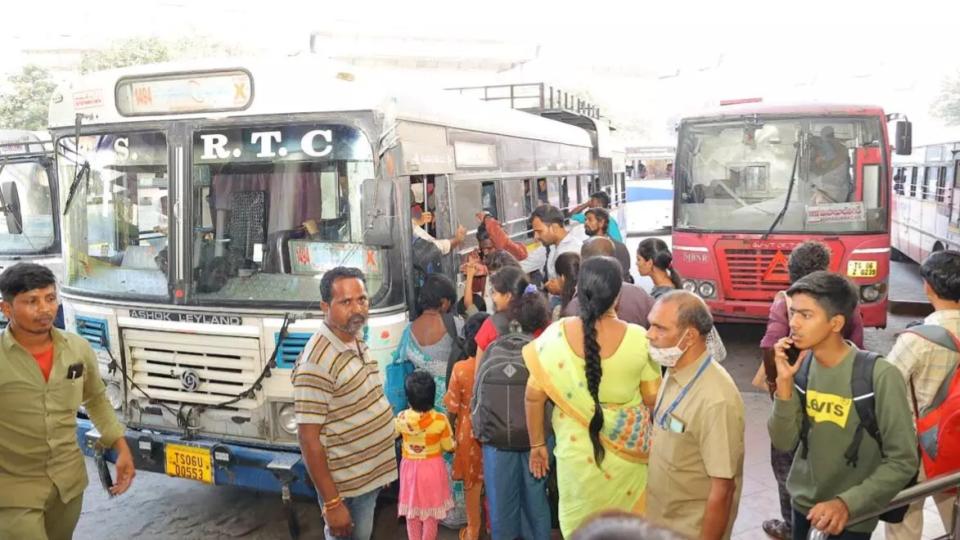
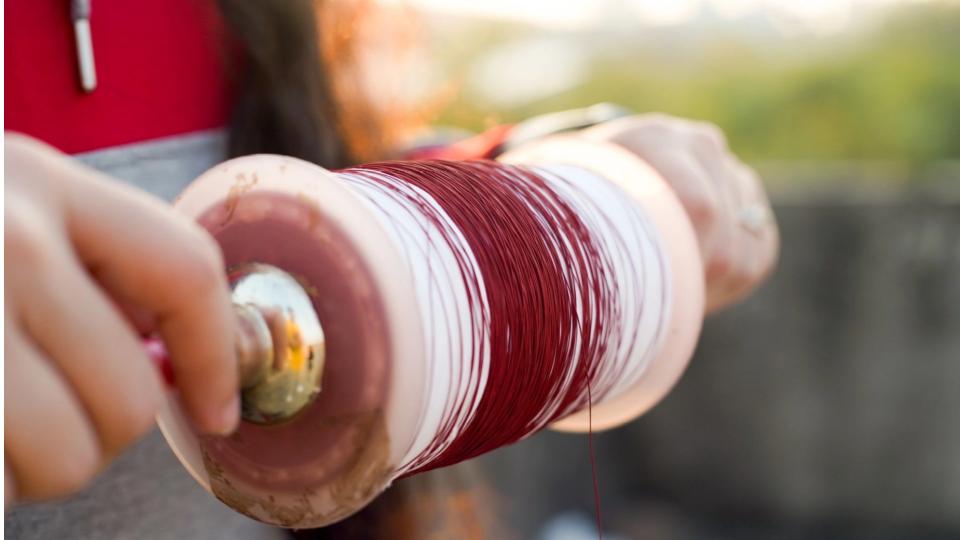












.jpg)
.jpg)
.jpg)


